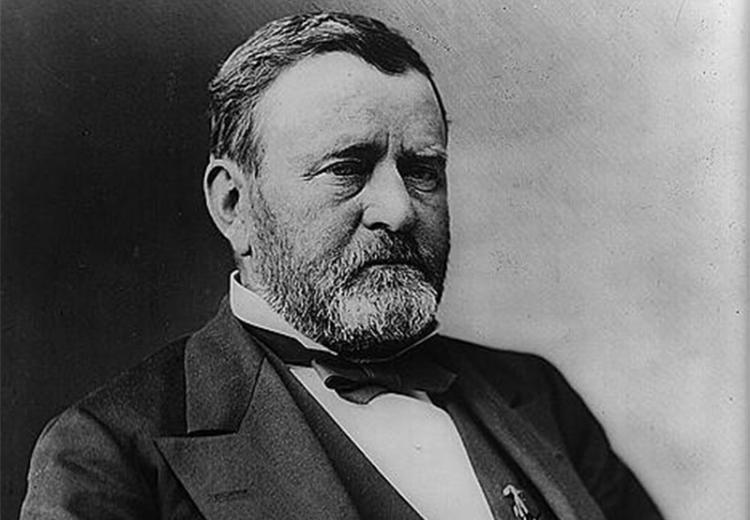Lesson 3: The Battle Over Reconstruction: The Aftermath of Reconstruction

President Ulysses S. Grant presided over the waning days of Reconstruction.
Resources that rely on Adobe Flash Player are no longer supported.
The effects of the Civil War and of Reconstruction—particularly in the South—continue to shape and to be a contentious subject in our politics today. This lesson plan will explore the social, economic and political conditions of the United States as Reconstruction drew to a close in the years leading up to the Compromise of 1877. With the assistance of original historical documents, students will consider the ways different perceptions from leading political figures about the outcomes of Reconstruction affected the political debate and the political future of the nation. With an interactive map that combines statistics with the thoughts and ideas of people living through this difficult period, students will consider the ways in which efforts at recovery were either successful or disappointing.
One thing students might consider, for example, is how the devastation of war and the slow pace of efforts to recover from that devastation kept the South in a subordinate economic position in comparison to the faster growing cities of the North. These expanding Northern cities were a draw for much of the dislocated workforce in the South—including newly freed slaves. How might a fact like this have affected opinions on questions such as civil rights, government contracts for major infrastructure improvements (such as railroads) and shaped views on questions such as education? While this lesson will not provide answers for all of these questions, the hope is that it will point students in the direction of seeking out such answers with the documents and the interactive provided and formulating their own similar kinds of questions.
Upon completing this lesson, students will begin to see the ways in which a political and constitutional crisis emboldened some lasting divisions within American society and, perhaps what is more important, the ways in which the crisis forged a new path for a stronger and more perfect Union. You can find more resources to supplement this lesson at our Smithsonian Learning Lab collection on the Reconstruction Era.
Guiding Questions
How did the results of Reconstruction policy shape the politics of the reconstructed states and the nation at large?
Learning Objectives
Describe the general character of the social conditions within the nation in the aftermath of Reconstruction.
Demonstrate their ability to navigate through a statistical map interactive.
Use information gathered from the interactive maps to inform their understanding of the political, social, and economic problems confronting the nation in the wake of Reconstruction.
Distinguish the central and driving ideas at work in the documents used to illustrate this lesson.
Identify specific problems that may have emerged as a result of Reconstruction policy in its many and varied permutations.
Discuss how these policies may have affected attitudes in the country and, subsequently, how these attitudes helped or hindered politics upon the conclusion of the Reconstruction era.
